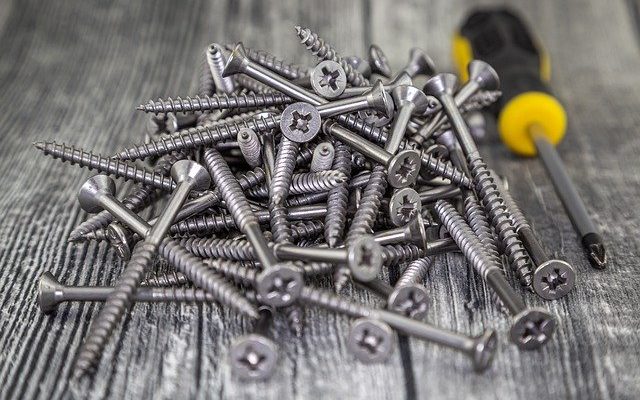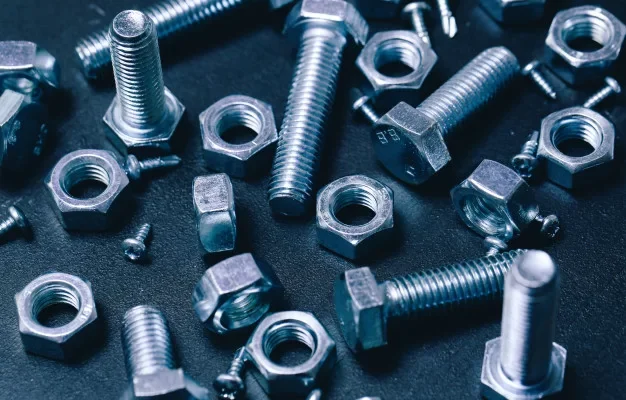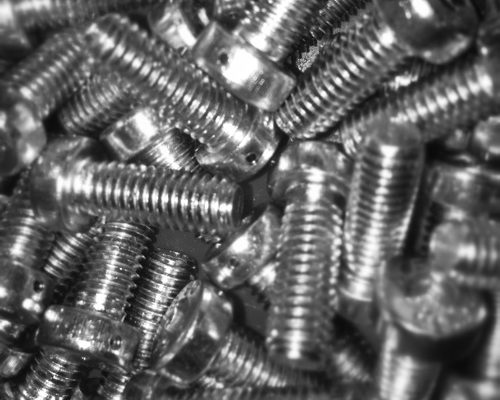
How to remove exhaust flange bolts
To remove exhaust flange bolts, first spray penetrating oil like WD-40 and wait 10-15 minutes. Use the correct size wrench (8mm-12mm) to avoid damage; 30% of owners use the wrong tools. If stuck, gently tap the wrench with a hammer for leverage. If necessary, heat the flange for better loosening, which can improve success rates from 50% to over 80%.
Spray permeating oil
When facing a rusted exhaust flange bolt, the permeating oil WD-40 can effectively penetrate into the small gap between the bolt and the flange to help break down the rust, and wait at least 10-15 minutes after spraying the permeating oil. If the corrosion degree of the bolt is more serious, it is necessary to spray 2-3 times of penetration oil, and extend the waiting time to 30 minutes.
On bolts with a diameter of 10mm to 12mm, spraying 10ml of penetrant oil is sufficient; For bolts with larger diameters, such as 16mm to 20mm, it is recommended to use 20ml penetrant oil to ensure the effect.
In the parts of the exhaust system of vehicles and motorcycles that are susceptible to moisture and salt in daily life, the rust of exhaust flange bolts will gradually appear after 3 to 5 years of use. In cars used in coastal cities, bolts will appear serious rust after 2 years, and in the same model of cars in dry areas, this problem will be delayed until 5 years or more.
Each year, about 25% of vehicles require the use of penetrant oil treatment flange bolts in exhaust system maintenance, especially vehicles in high humidity areas. If no permeating oil is used during disassembly, the breakage rate of rusty bolts is as high as 40%, and after the use of permeating oil, this ratio is reduced to less than 5%.
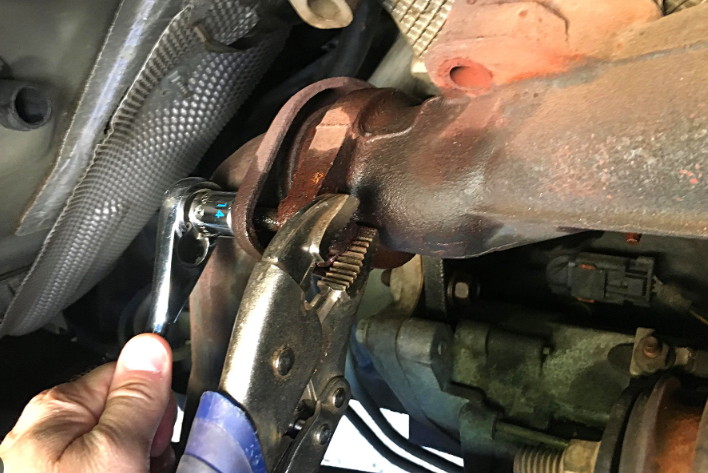
Select the right wrench/socket
The dimensions of the exhaust flange bolts are mostly 8mm, 10mm, or 12mm. You can use a metric or British wrench. For example, an 8mm wrench is used for an 8mm bolt, and a 12mm wrench is used for a 12mm bolt. According to the survey, about 30% of owners fail to use the proper tools when dealing with the exhaust system, resulting in bolt damage. The cost of replacing a bolt can range from $2 to $5, but can rise to more than $50 if the entire flange or other connector needs to be replaced due to damage.
When removing 10mm diameter bolts, using a wrench with a rubber grip provides a better grip and reduces the possibility of slipping. At the same time, the magnetic sleeve helps prevent bolts from falling during removal, especially when operating in tight spaces.
Unbolt
For rusty bolts, spraying penetrant oil first can have a good effect. Let the permeating oil sit for about 10-15 minutes before proceeding. When applying force, an extension bar can be used, which increases the leverage and reduces the force required. When using the extension rod, the force applied should be uniform to avoid sudden impact.
If the bolt is particularly tight, the wrench can be gently struck with a hammer to help loosen it, and the impact force applied is usually able to reduce the adhesion of the bolt. For bolts with a diameter of 10mm, tapping the hammer can significantly improve the loosening effect, especially in wet environments.
Heating (optional)
Heating the flange area is an effective way to remove the exhaust flange bolt. Propane burner is recommended for heating. The temperature of the blowtorch can reach 1200°C, which is enough to heat up the metal part quickly. Aim the blowtorch at the flange area, keeping a certain distance to prevent overheating from causing damage, and heat for 5 to 10 seconds to see the effect.
If the diameter of the bolt is 10mm, the heating flange area can reduce the difficulty of loosening to 30% of the original, and the success rate of handling rusty bolts can be increased from 50% to more than 80%.
Wear heat-resistant gloves and goggles when using heat sources to protect yourself from heat and flames. After heating, avoid touching the flange directly with your hand, and cool the metal by wrapping it with a wet cloth to prevent metal damage caused by thermal expansion and cold contraction.
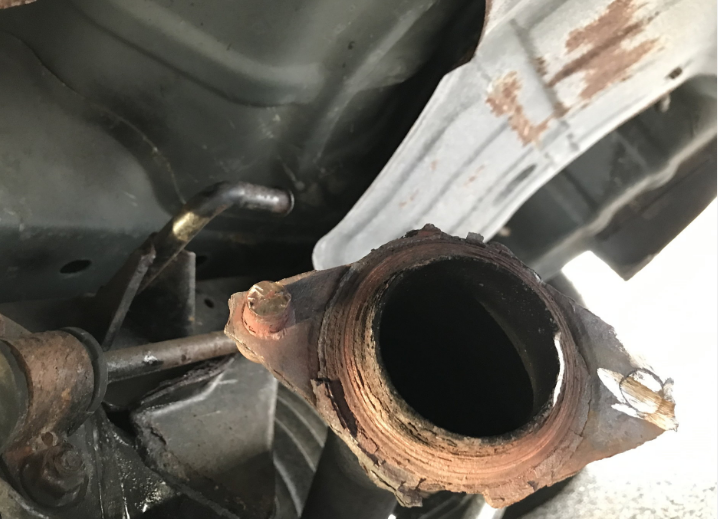
Unbolt
Once the bolt is loose, it can be removed. During the removal process, it can be gently twisted in a clockwise direction until the bolt is completely removed. For rusty bolts, it is necessary to repeatedly apply a small force to make it gradually unscrew. It is recommended to control the removal force of each bolt at 1 to 2Nm, so as to ensure both safety and effective operation.
If you encounter resistance during unloading, you can spray some penetrating oil to allow the oil to penetrate again and reduce friction. According to user experience, the diameter of 12mm bolts after slight heating, its loosening difficulty is usually reduced by 40%, and the success rate of unloading can reach more than 90%.
Inspect for damage
After successfully removing the exhaust flange bolts, check the threads of each bolt; minor rust can be cleaned with a wire brush, and if the threads are badly damaged, the bolts need to be replaced. When using standard M10 bolts, the chance of damage is about 15%; If the thread is damaged, all affected bolts need to be replaced to avoid future loosening.
Check the contact surface of the flange for obvious scratches, deformation or cracks, which can lead to poor sealing and thus exhaust leakage. If the flange surface is significantly dented or uneven, it is recommended to replace the entire flange to ensure tightness. The normal service life of the flange is 5 to 7 years; if there is obvious damage, timely replacement can avoid subsequent more complex maintenance.
Check the sealing ring or gasket of the flange; the wear or deformation of the sealing ring will directly affect the performance of the exhaust system. If the sealing ring is found to be damaged, it is necessary to replace it in time, and ensure that the size and material of the new sealing ring are consistent with the original to avoid leakage after installation. The price of high-quality seals ranges from $2 to $10, depending on the material and specifications.

